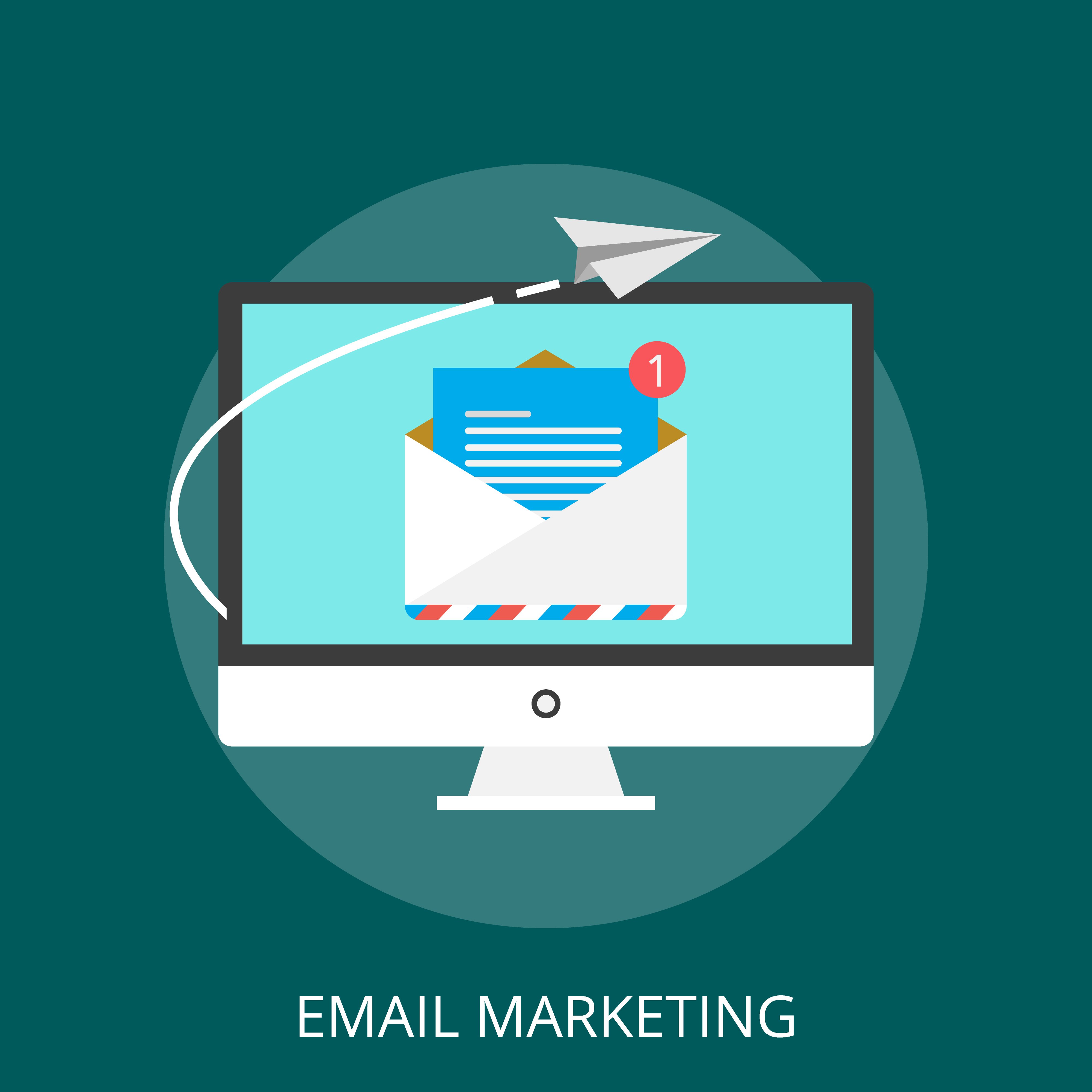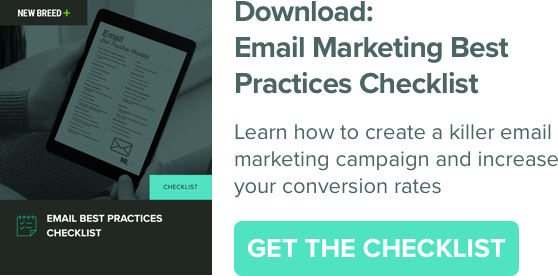To Send or Not to Send? The Email Marketing Dilemma

“To be, or not to be: that is the question.”
William Shakespeare’s famous opening line from the play Hamlet is similar to how we can best describe an email marketer’s dilemma over resending an email: to send or not to send?
Hamlet was questioning his own existence, but in this case, email marketers question the need for resending emails and whether or not it will prove effective for their marketing campaigns.
Why Does This Dilemma Occur in the First Place?
As an email marketer, you sent an incredible, once-in-a-lifetime offer to your email list.
The next day, you saw that the response, i.e., the open rate to this email was not what you expected. More than half of the people in your list didn’t even bother to open the email.
This is where you ought to rethink. Will resending the email to all the subscribers in the email list help your purpose? Should you send it to people who have not opened the email?
According to a study conducted by a Forbes contributor, an email sent to a list of 2723 people saw an open rate of 21.3% — that is, only 579 people actually opened the email.
Then, they sent the email to those who did not open the email, and this time the number of opens was 309. The follow-up email helped increase the email reach by 53.2% and the click rate by 51.1%.
This means that follow-up email does work, and you should consider resending an email to the subscribers who did not open the email in the first go.
However, there is a risk involved in resending the emails.
First, let’s talk about the risks involved. When shouldn’t you resend an email to your subscribers?
What are the Risks of Resending Emails?
Why did the people from your subscriber list not open the email in the first go? There could be many reasons for that, but the top three are:
- Maybe these people did see the email, but deleted it. That causes the risk of resending the emails to those people who are not interested in receiving these newsletters or offer-based emails from you.
- Maybe you reached the spam folder, which means it was your subject line that did not work in the first go. The risk with this is: what if those people were about to unsubscribe to your emails anyway? Resending the same email gives them the chance to do so.
- The third risk involved in resending an email is how many follow-ups is too many follow-ups? If you send too many email in order to boost the open rate, then you could annoy the subscriber and more people will unsubscribe.
You should not resend an email if you believe that the sole purpose of resending the email is to boost conversions and you aren’t sure if resending will really work toward it.
Statistics does show that resending helps — but along with the resending strategy, you need to work on the frequency of the emails and the time of the day when you should send these emails to maximize the open rate.
Having looked at the risks associated with resending emails, let’s look at why you should resend an email to those who have not opened the emails.
Why Resend the Emails?
Numbers don’t lie, and we just learned how resending emails can increase the number of unique open rates and also the total number of people you reach in your list.
- One of the many reasons to resend any email is to allow a second chance to the subscribers who did not open in the first go. Chances are your email did not reach them or entered their spam folder. Many times, people receive too many emails in a day, which is why your email was missed out.
- The timing was not right the first time and a lot of people missed out on the communication as a result. Resend the email at a different time and check if the open rate increases.
- Sometimes, the communication was just not strong enough to tempt the subscriber to open the email. Make sure to resend after you have tweaked the email a bit. This way your chances at increasing the open rate goes high.
Tips on Increasing Open Rates the Second Time
The ultimate aim of resending emails to those who did not open them the first time is to try to engage them and boost conversions.
However, there are many factors that you need to take into account when taking the ‘resending’ approach in your email marketing strategy.
Re-Segmentation
This is an important activity before you plan the campaign.
The idea is to get a list of all those people who did not open the email and create a list of these people.
You should target your campaign toward this list alone so that you do not repel the subscribers who have already opened the email
The Subject Line
It is important to tweak the campaign a bit before you can send it again. Chances are, there are people who have already seen the email and deleted it because they could not engage with the email.
You will need a new subject line. There are two reasons for this:
- The people who saw the email and deleted it might just see it again and get engaged this time around. By changing the subject line, you might stand out more and help them feel like the email is more relevant to them.
- The first time you sent the email, it reached the subscriber’s promotional inbox, which means the subject line contained some spam words. To avoid this, you need to change the subject line or tweak the content a bit.
The Body Content
Along with the subject line, you ought to make changes to the content, the template, the first paragraph and the snippet.
This might just make the campaign more relevant to those who were not engaged the first time.
Cadence/Schedule
When resending an email, the most important consideration should be the frequency and send time. Test the emails for those things before sending the campaign.
For instance, if you have created a sense of urgency through your first email, make sure to send the follow-up email within a period of 24-48 hours. You will need to test this aspect before you get the ideal frequency and time (waiting period and send time) for the follow-up emails.
Goals
You should have the goals set for the follow-up email as well.
Set and monitor these metrics to understand the engagement with your follow-up campaign.
The minute you understand what is working and what is not, through the effective monitoring of the engagement of your follow-up campaigns, you will know what needs to be changed in the follow-up campaign.
The Takeaway
If you’re looking at immediate and short-term results, resending might be a lucrative option. However, there is a greater chance of getting more people to unsubscribe from your email list with a follow-up email.
Always make sure that the email campaign you have chosen requires a follow-up email. For instance, a newsletter email wouldn’t make sense to resend. However, a sale announcement or a campaign which suggests urgency might be valuable to resend.
It is important to choose the campaigns that you want to resend and tweak your emails for the follow-up campaign to get the best engagement results.
Kevin George
Kevin George is the Head of Marketing at EmailMonks – one of the fastest growing Email design and coding companies, specializes in crafting beautiful email templates, PSD to HTML email conversion, and free mailchimp templates. He loves gadgets, bikes, jazz, and breathes ‘email marketing’. He enjoys sharing his...





